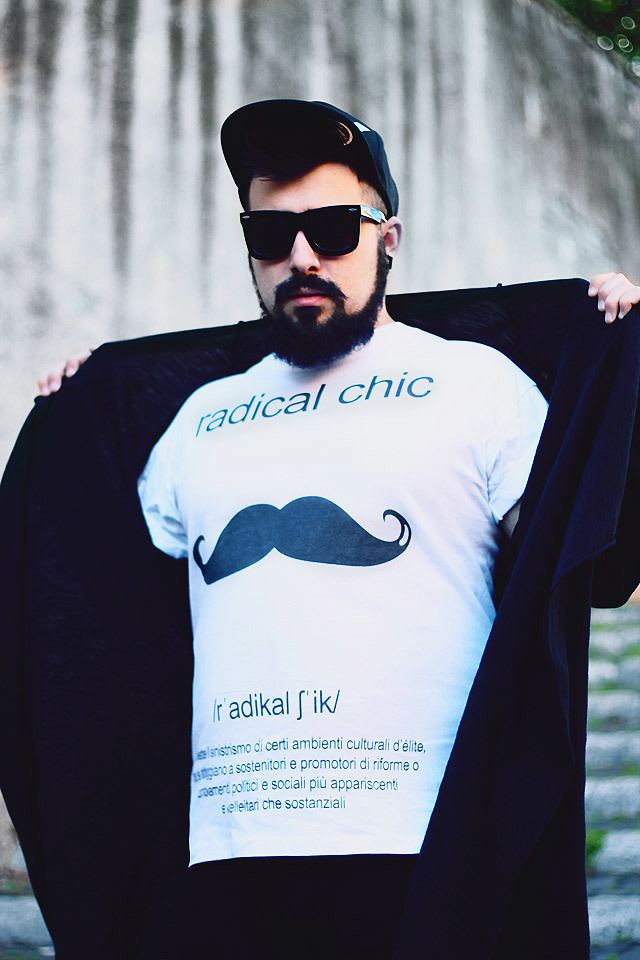 | ||
Radical chick dvd 10 anos rock brasil 80 90
"Radical chic" is a term coined by journalist Tom Wolfe in his 1970 essay "Radical Chic: That Party at Lenny's," to describe the adoption and promotion of radical political causes by celebrities, socialites, and high society. The concept has been described as "an exercise in double-tracking one's public image: on the one hand, defining oneself through committed allegiance to a radical cause, but on the other, vitally, demonstrating this allegiance because it is the fashionable, au courant way to be seen in moneyed, name-conscious Society." Unlike dedicated activists, revolutionaries, or dissenters, those who engage in "radical chic" remain frivolous political agitators. They are ideologically invested in their cause of choice only so far as it advances their social standing.
Contents
- Radical chick dvd 10 anos rock brasil 80 90
- Mino de santis radical chic official video
- Origin and meaning
- Background
- Terrorist chic
- Libertarian chic
- Alberto Kordas iconic ubiquitous Che photograph March 1960
- Che embodied third world revolution a drawing room radical chic hope
- Soderberghs Che 2008
- Killer chic Reason 2009
- References
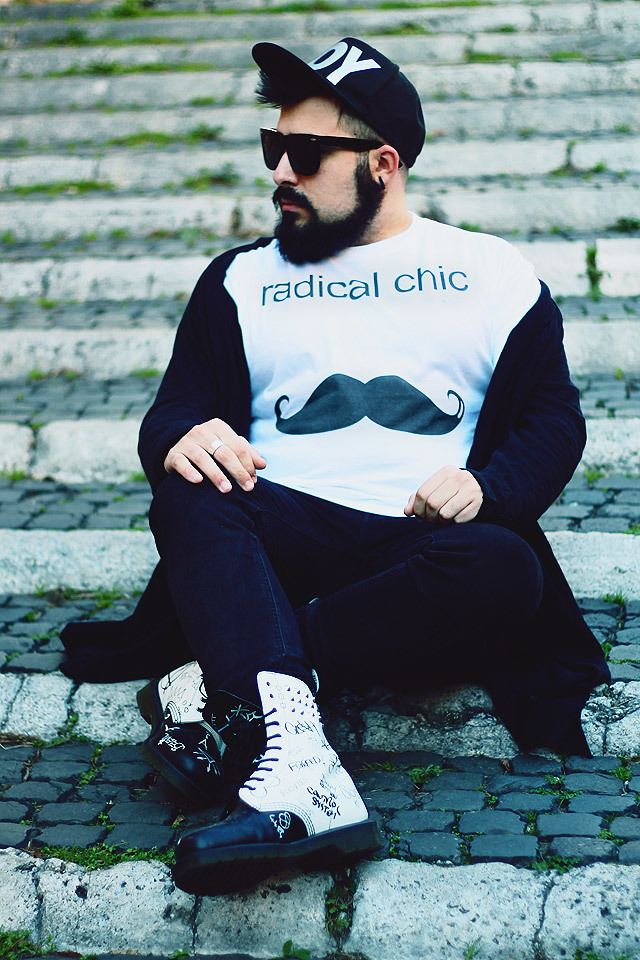
"Terrorist chic" is a modern expression with similar connotations. This derivative, however, de-emphasizes the class satire of Wolfe's original term, instead accentuating concerns over the semiotics of radicalism (such as the aestheticization of violence).
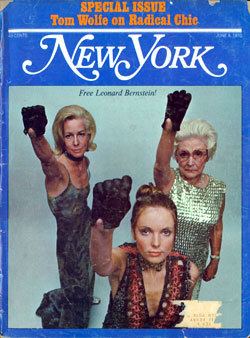
Mino de santis radical chic official video
Origin and meaning
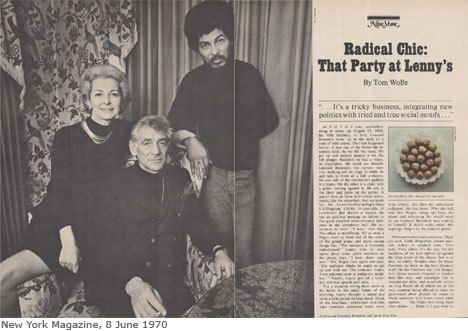
The phrase "radical chic" originated in a 1970 New York article by Tom Wolfe, titled "Radical Chic: That Party at Lenny's", which was later reprinted in his books Radical Chic & Mau-Mauing the Flak Catchers and The Purple Decades. In the essay, Wolfe used the term to satirize composer Leonard Bernstein and his friends for their absurdity in hosting a fundraising party for the Black Panthers—an organization whose members, activities, and goals were clearly incongruous with those of Bernstein's elite circle. Wolfe's concept of radical chic was intended to lampoon individuals (particularly social elites like the jet set) who endorsed leftist radicalism merely to affect worldliness, assuage white guilt, or garner prestige, rather than to affirm genuine political convictions.

[Wolfe's] subject is how culture's patrician classes – the wealthy, fashionable intimates of high society – have sought to luxuriate in both a vicarious glamour and a monopoly on virtue through their public espousal of street politics: a politics, moreover, of minorities so removed from their sphere of experience and so absurdly, diametrically, opposed to the islands of privilege on which the cultural aristocracy maintain their isolation, that the whole basis of their relationship is wildly out of kilter from the start. ... In short, Radical Chic is described as a form of highly developed decadence; and its greatest fear is to be seen not as prejudiced or unaware, but as middle-class.
Background
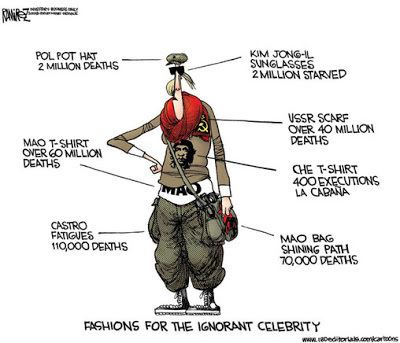
The concept of "fashionable" espousal of radical causes by members of wealthy society in this case had been argued against by Bernstein's wife, Felicia Montealegre, prior to the publication of "Radical Chic: That Party at Lenny's", a fact Wolfe details in it. The essay appeared in the June 8, 1970 issue of New York, 20 weeks after the actual fund raiser at the Bernstein residence was held on January 14. The first report of the event appeared the following day in a piece by The New York Times style reporter Charlotte Curtis, who was in attendance. Curtis wrote in part: "Leonard Bernstein and a Black Panther leader argued the merits of the Black Panther party's philosophy before nearly 90 guests last night in the Bernsteins' elegant Park Avenue duplex." According to Wolfe, the release of the story worldwide was followed by strong criticism of the event: "The English, particularly, milked the story for all it was worth and seemed to derive one of the great cackles of the year from it."
The negative reaction prompted publication of an op-ed in the Times on January 16 entitled "False Note on Black Panthers" that was severely critical of the Black Panther Party and Bernstein:
Emergence of the Black Panthers as the romanticized darlings of the politico-cultural jet set is an affront to the majority of black Americans. ... the group therapy plus fund-raising soiree at the home of Leonard Bernstein, as reported in this newspaper yesterday, represents the sort of elegant slumming that degrades patrons and patronized alike. It might be dismissed as guilt-relieving fun spiked with social consciousness, except for its impact on those blacks and whites seriously working for complete equality and social justice.
Felicia Montealegre wrote and personally delivered a response to this op-ed to the Times offices. In her response she wrote:
As a civil libertarian, I asked a number of people to my house on Jan. 14 in order to hear the lawyer and others involved with the Panther 21 discuss the problem of civil liberties as applicable to the men now waiting trial, and to help raise funds for their legal expenses. ... It was for this deeply serious purpose that our meeting was called. The frivolous way in which it was reported as a "fashionable" event is unworthy of the Times, and offensive to all people who are committed to humanitarian principles of justice.
Terrorist chic
Terrorist chic (also known as "terror chic" or "militant chic") is a more recent and specific variation of the term. It refers to the appropriation of symbols, objects, and aesthetics related to radical militants, usually in the context of pop culture or fashion. When such imagery is deployed subversively, the process exemplifies aestheticization of propaganda. Regardless, because terrorist chic derives its iconography from groups and individuals often associated with violent conflict or terrorism, the term carries a greater pejorative tone than "radical chic."
Instances of terrorist chic have variously been interpreted as morally irresponsible, earnestly counter-cultural, ironically hip, or benignly apolitical. According to Henry K. Miller of the New Statesman, the most well-known example is the ubiquitous appearance of Marxist revolutionary Che Guevara in popular culture. Other cases that have been labeled terrorist chic include: the Prada-Meinhof fashion line (a pun on Prada and the Baader-Meinhof Gang) and the fashion of combining keffiyehs and military-style clothing such as camo prints and heavy boots, outside of the Arab World.
Libertarian chic
In his 1996 Bangor Daily News article "Libertarian chic hits country," Roland Nethaway compared libertarians to "John Wayne on steroids," writing they were "anti-government before anti-government was cool". In a 2013 Reuters article, Nicholas Wapshott used the term to describe those who use radical statements to add a "dangerous edge to their otherwise humdrum personas."
Alberto Korda's iconic ubiquitous Che photograph (March 1960)
Los Angeles Times journalist suggested that Alberto Korda's iconic March 1960 photograph of revolutionary Ernesto Che Guevara is possibly "the most-reproduced photograph in the world," a ubiquitous countercultural symbol of rebellion and global insignia within popular culture.
Che embodied third world revolution, a drawing-room, radical-chic hope
Shortly after the October 17, 1997 burial with military honors in Santa Clara, Cuba of Guevara's disinterred and identified remains, found in the Bolivian jungle by forensic anthropologists, New York Times columnist Richard Bernstein, argued that the third-world revolution that Che embodied was no longer even a drawing-room, radical-chic hope. Concurrent with his re-burial,three major Guevara biographies published in 1997. Noting the sustained interest in Che, Bernstein suggested that "the end of the cold war and the failure of the third-world revolution" allowed for the "scrutiny of Guevara, [as] a symbol of both the idealism and the moral blindness of the decade of protest" to take place free in a context free "of ideological partisanship and rancor."
On 1 April 2008 the documentary Chevolution, on the mass dissemination of Korda's iconic photograph taken at a memorial service in Havana in March 1960 of revolutionary Ernesto Che Guevara entitled Guerillero Heroico by Trisha Ziff and Luis Lopez starring Antonio Banderas and Gael García Bernal, was launched. This documentary is a critical work about propaganda, "communism and capitalism, idealism and opportunism, art and commerce" from the 1960s to the first decade of the 21st century.
Soderbergh's Che (2008)
On 21 May 2008 Steven Soderbergh's long-anticipated and highly acclaimed film premiered at Cannes starring Benicio Del Toro as Che Guevara, (1928-1967) the legendary Argentine doctor who became an international revolutionary. Del Toro won the Best Actor Award, and the film received mostly positive reviews. Che was released on December 12, 2008 in New York City and Los Angeles to qualify for the year's Academy Awards.
Killer chic (Reason 2009)
Ted Balaker, editor-in-chief of Reason TV, an American libertarian website, wrote and produced Killer Chic in 2008, a libertarian, anti-Communist documentary, in which he deconstructed the use of images of Che Guevara and Mao Zedong in popular culture. In his blog entry on 11 December 2008, Reason journalist Nick Gillespie used the term killer chic in his review of Steven Soderbergh's film.
